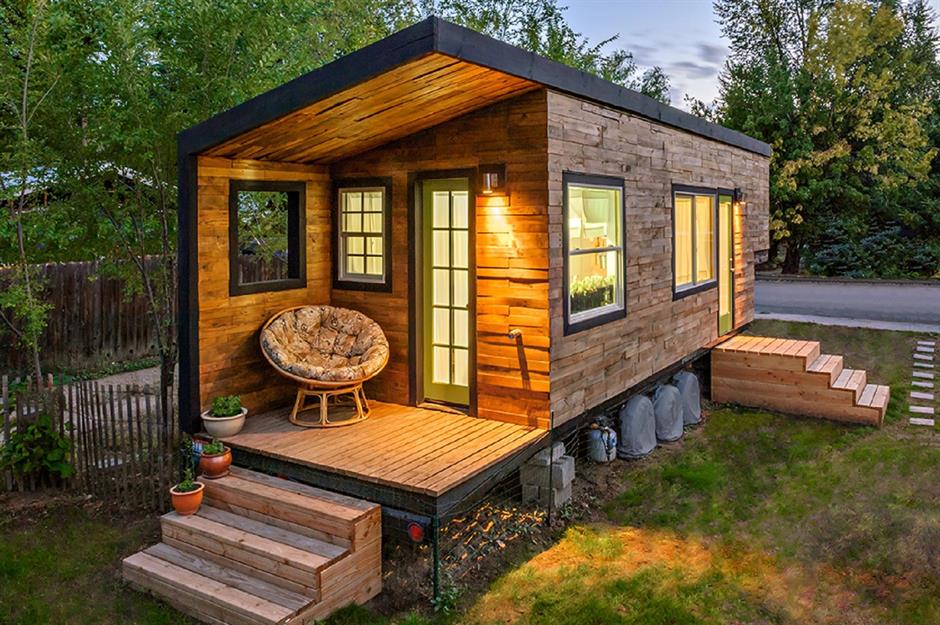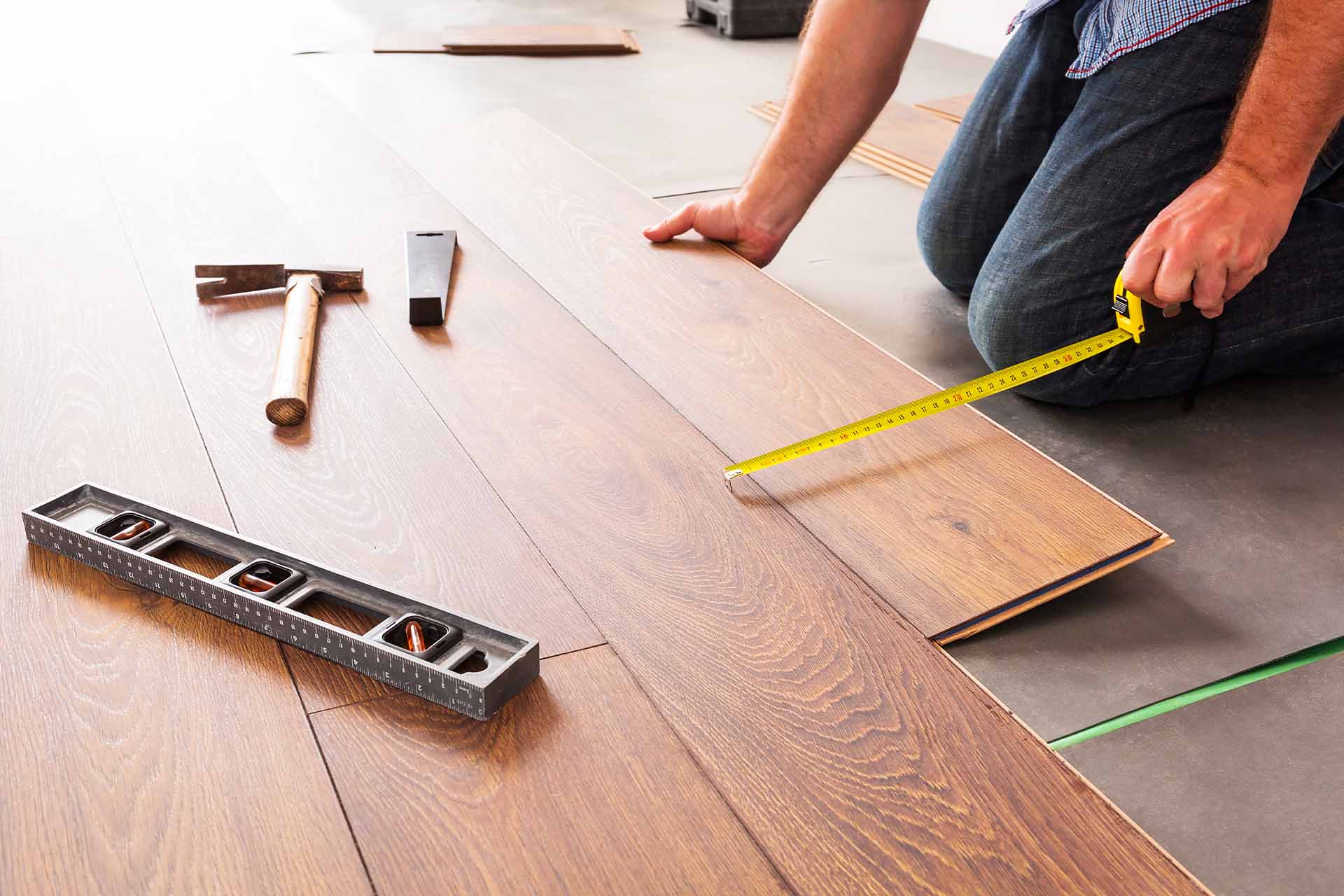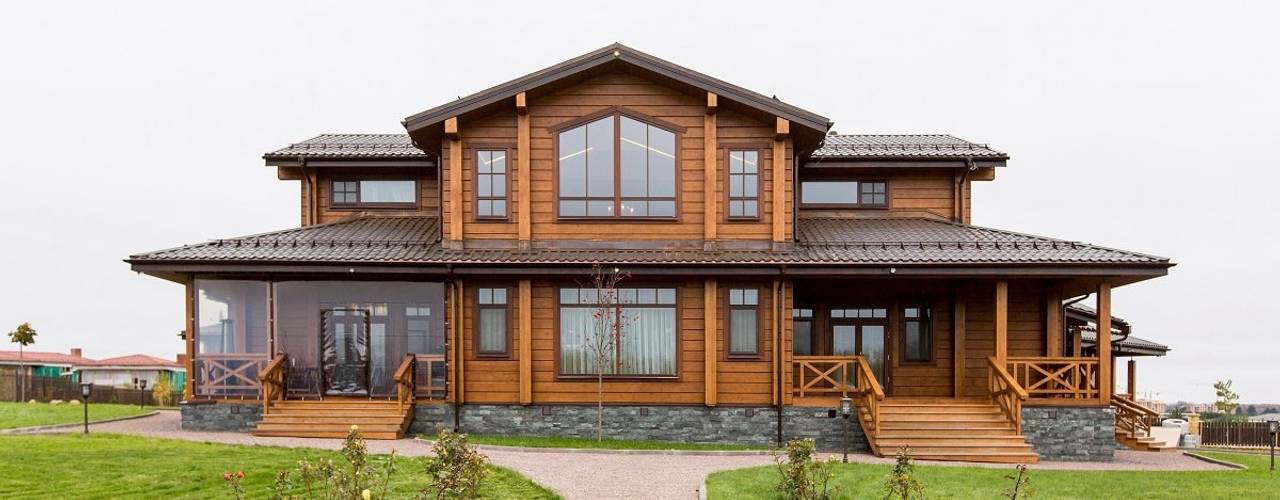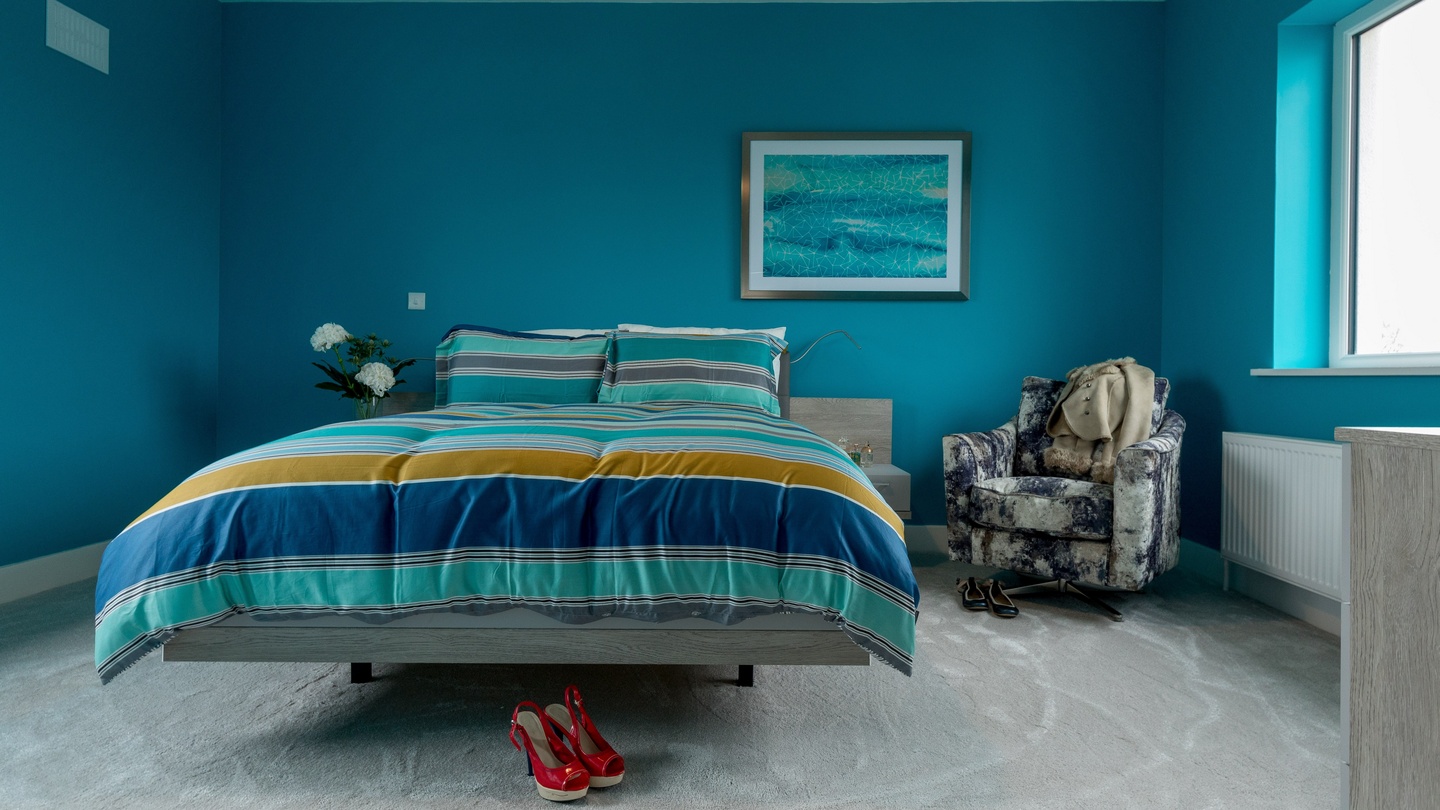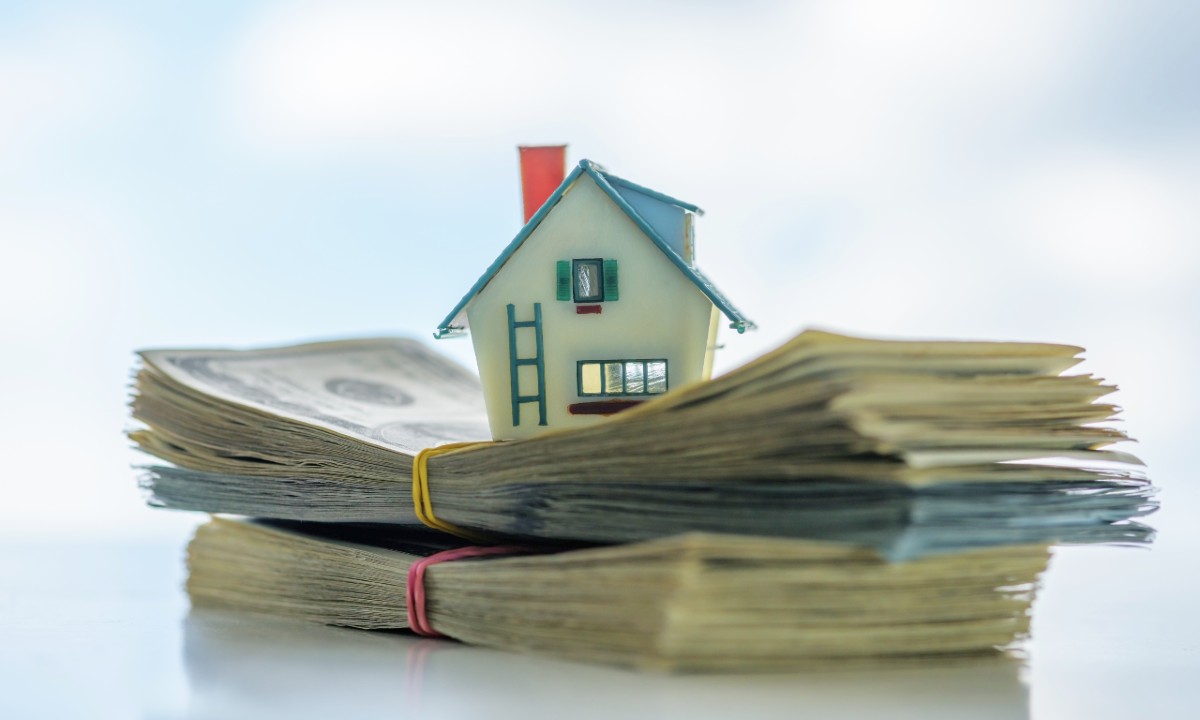Interior home design is a multifaceted discipline that encompasses the art and science of enhancing the interior spaces of a residence to achieve both aesthetic appeal and functional efficiency. From conceptualizing the layout and selecting color palettes to sourcing furniture and accessories, every aspect of interior design plays a crucial role in shaping the ambiance and character of a home. In this comprehensive guide, we’ll delve into the intricacies of interior home design and explore strategies for creating captivating, harmonious living spaces that reflect your personality and lifestyle.

Understanding the Fundamentals
Spatial Planning
At the core of interior home design lies spatial planning, which involves carefully analyzing the layout and flow of a space to optimize functionality and comfort. This process includes determining the placement of furniture, circulation paths, and architectural features to create a harmonious balance between form and function. By maximizing available square footage and ensuring efficient use …

